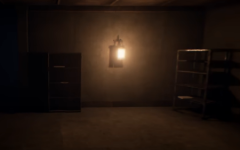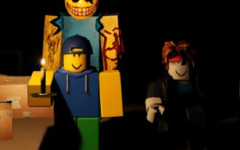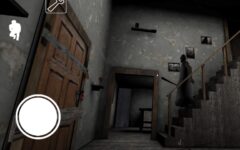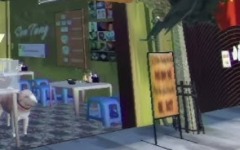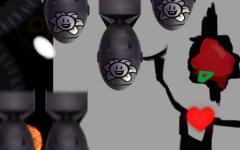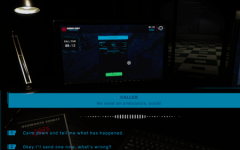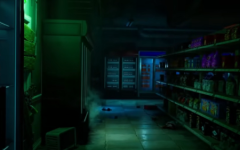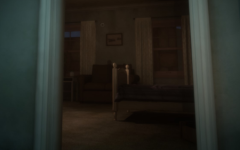Advertisement
Dead Tapes: Fading Father
Advertisement

Dead Tapes: Fading Father starts without introduction. The player finds themselves alone in a house that gives no answers, with walls that feel untouched and rooms that carry a hidden weight. There is no guidance, no tutorial — only space to move through and clues to uncover. As each door opens and hallway is crossed, the absence of others becomes more noticeable. The game does not explain what has happened. Instead, it waits for the player to notice what is missing, and what has been left behind.
Objects as Memory Anchors
Progress is tied to exploration. Scattered throughout the house are cassette tapes that serve as the primary source of narrative. Each tape contains the voice of the main character, recalling pieces of a story that grows darker with time. Some doors are blocked, requiring small interactions to open. Puzzles are not mechanical but physical, asking the player to place or use items to proceed. The environment changes slowly in response to progress, mirroring the shift in tone as more is revealed about the man whose story is told through the space.
What the Game Offers
Dead Tapes: Fading Father includes several core features:
- Single-player exploration in first-person view
- Audio tapes that gradually tell a personal story
- Minimal UI and no map or inventory
- Small spatial puzzles based on logic and placement
- A contained environment that evolves with progression
These elements work together to create a contained narrative where observation and movement take the place of action and dialogue.
Themes Hidden in the Environment
There are no characters on screen, but the house is full of presence. Items like empty bottles, coffins in odd locations, and handwritten notes suggest a personal struggle without stating it directly. The environment becomes more symbolic as the game progresses, suggesting the mental state of the main character through placement and detail. The shifting layout of the house, the dimming of light, and the repeating sounds of recorded thoughts create a quiet pressure that builds across the experience.
No Clear Ending, Just Distance
By the end of Dead Tapes: Fading Father, the player has uncovered a timeline of loss, regret, and repetition. The experience ends not with answers, but with a final image that implies what has been accepted or left behind. There is no victory or failure screen, only the result of moving forward and listening. The game’s short length allows it to stay focused, offering a single, uninterrupted session that centers entirely on what one person remembers — and what they try to forget.





















































































































